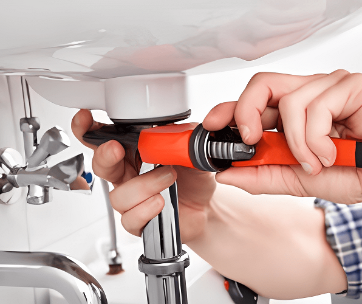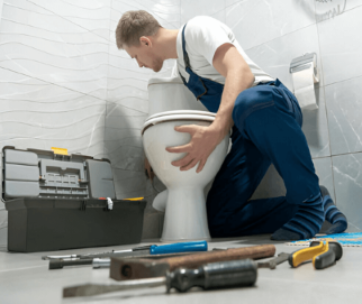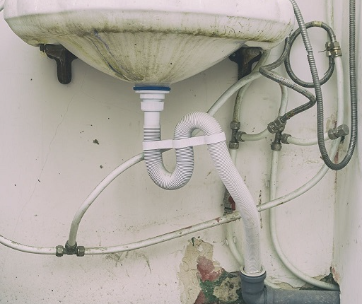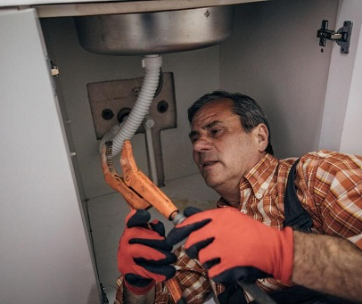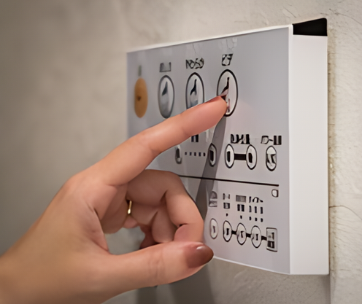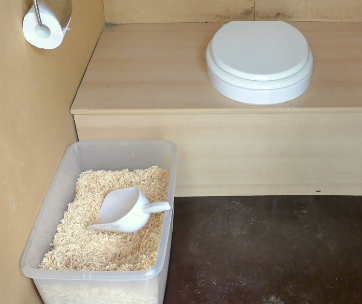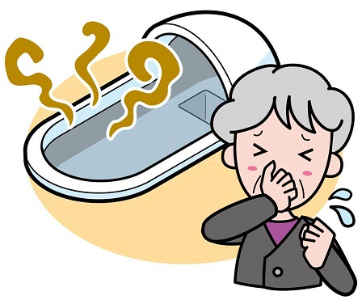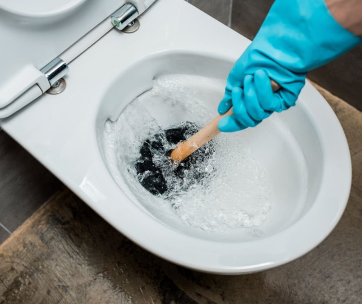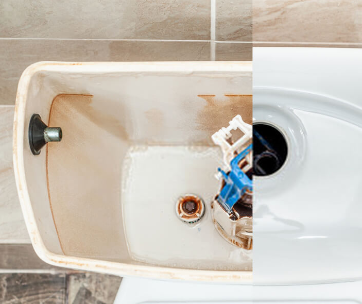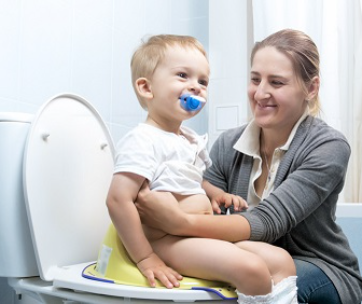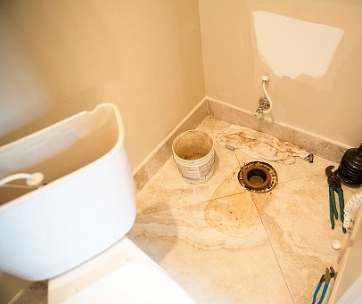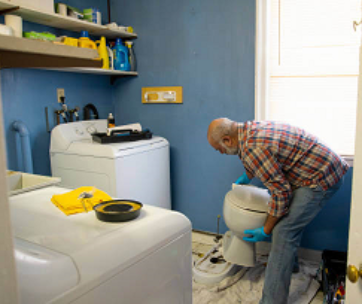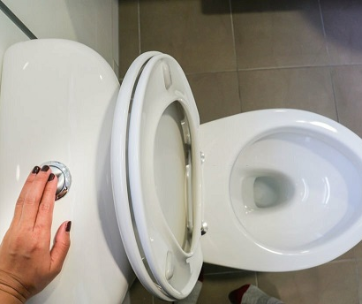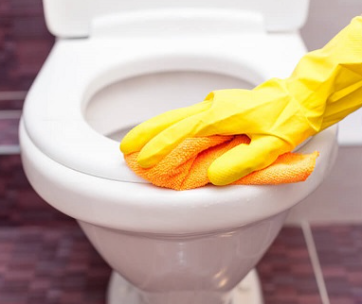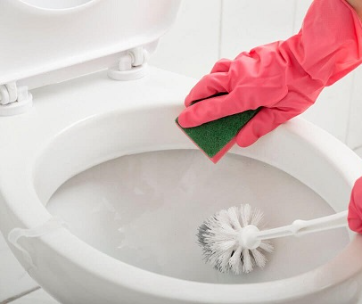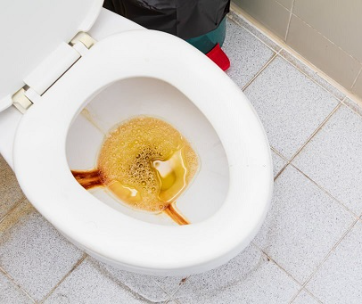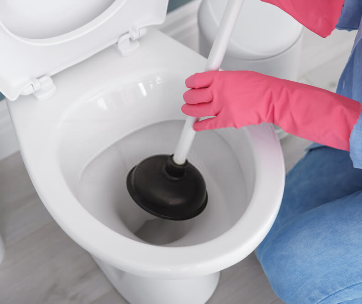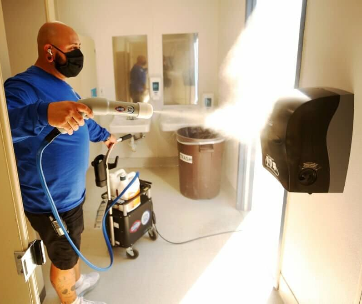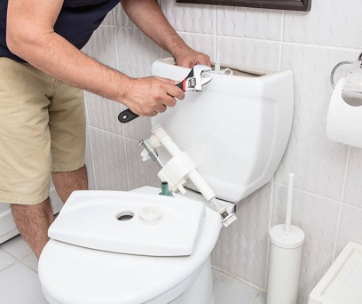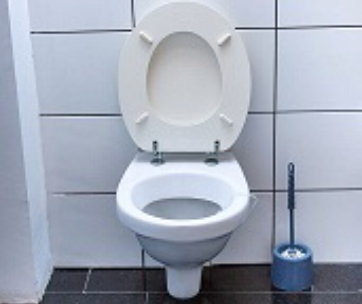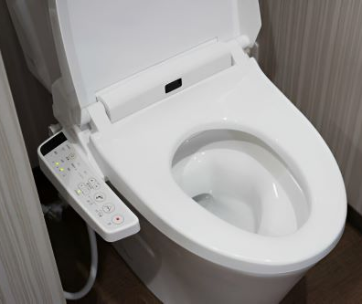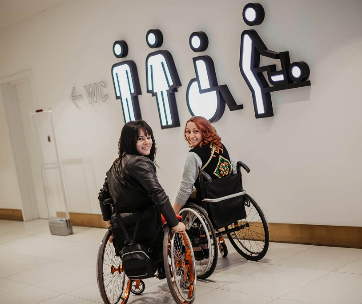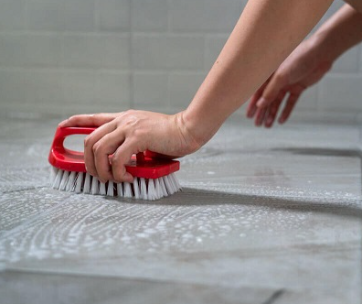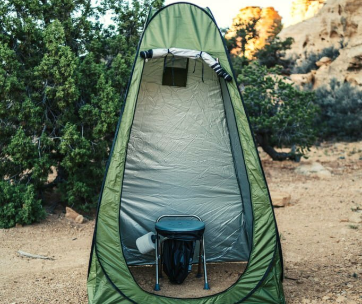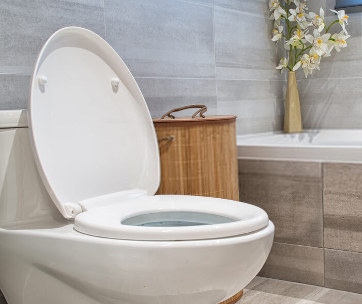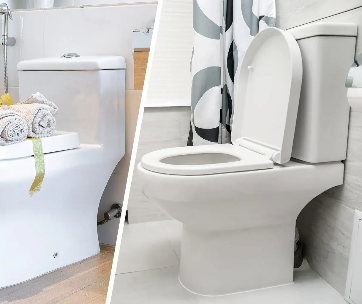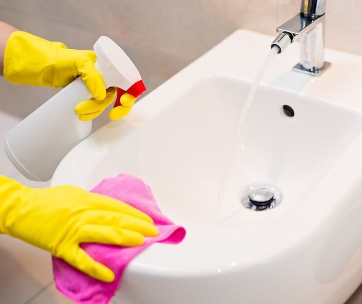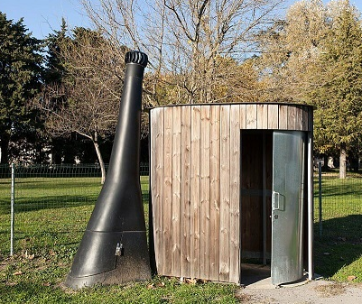Creating a safe and accommodating toilet environment is crucial, especially for children, the elderly, and individuals with disabilities. A well-designed toilet space can significantly enhance comfort, accessibility, and safety for these groups. From implementing simple adjustments to considering specialized fixtures and features, making a toilet user-friendly for diverse needs involves thoughtful planning and consideration.
This guide will go over with a fine-tooth comb on the practical steps, adaptations, and features to ensure a safe and inclusive toilet space for children, the elderly, and individuals with disabilities. By addressing specific requirements and employing accessible design principles, we aim to create a welcoming and secure environment that caters to a wide range of needs and abilities.
Creating a safe toilet environment for children, the elderly, and people with disabilities involves addressing accessibility, stability, and ease of use.
How to create a safe and accommodating toilet environment for children.
Child-friendly toilet seat
One way to encourage independence in children when it comes to using the toilet is by installing a child-sized toilet seat or a seat reducer. A child-sized toilet seat is specially designed to fit the smaller frame of a child, making it easier for them to sit comfortably on the toilet. A seat reducer, on the other hand, can be placed on top of a regular-sized toilet seat to reduce the size of the opening, which also helps to create a more secure and comfortable seat for children. Both options can help to make the toilet experience less intimidating for kids and promote their self-sufficiency.
Stepping toilet stools
It is recommended to place a stable step stool near the toilet to help children reach the seat comfortably. The step stool should be sturdy and have a non-slip surface to prevent accidents. It is important to ensure that the step stool is placed in a safe and stable position, away from any potential hazards. By providing a step stool, children can gain independence and confidence in using the toilet, which is an important part of their development.
Secure Toilet Locks
To ensure the safety of young children, it is recommended to install childproof locks on toilet lids or use a toilet lock. These locks prevent children from accessing the toilet bowl, which can pose a drowning risk for infants and toddlers. It is important to note that toilet locks should be used when necessary, especially for very young children who may not understand the potential danger of playing with or falling into the toilet. By taking this simple safety measure, parents and caregivers can prevent accidents and promote a safe abode for children.
Colorful and Engaging
If you have children,you may want to consider adding some child-friendly features to your bathroom to make it a more welcoming and comfortable space for them.One way to do this is by incorporating colorful toilet seats or bathroom decor that appeals to their playful and imaginative nature. These small additions can make a big difference in their overall experience and make it easier to get them excited about using the bathroom.
Additionally, you may want to consider other practical features, such as decorated step stools, soft-close toilet seats or easy-to-reach towel hooks, to make the space more accessible and functional for your little ones. With a few simple adjustments, you can transform your bathroom into a space that your children will enjoy and feel at ease in.
How to Create a Safe and Comfortable Toilet Environment for the Elderly
Grab Bars
When installing grab bars near the toilet, it is important to choose sturdy ones that can provide reliable support when sitting down or standing up. The bars should be strategically placed to maximize their effectiveness in improving stability. Proper installation is also crucial to ensure the safety of those using the toilet, especially seniors or people with mobility issues.
Raised Toilet Seats
As individuals age, mobility and balance can become impaired, making it difficult to perform everyday tasks such as sitting and standing. One solution to this problem is to use a raised toilet seat. A raised toilet seat is a device that is attached to the existing toilet and elevates the seat by a few inches. This modification can make it easier for elderly people to use the toilet without experiencing strain or discomfort.
By reducing the distance that needs to be covered to sit down and stand up, a raised toilet seat can help maintain independence and dignity for the elderly. It is a cost-effective and practical solution that can greatly improve the quality of life for the elderly and their caregivers.
Non-Slip Rugs or Mats
Toilet-related accidents can be quite dangerous, especially for older adults and young children. To prevent slipping accidents, it's important to take necessary precautions. One effective way to do this is by placing non-slip rugs or mats near the toilet area. These rugs or mats should be made of rubber or other slip-resistant material. It’s also important to clean the rugs regularly to maintain their non-slip properties. By taking these steps, you can significantly reduce the risk of slipping accidents in your bathroom.
Proper Lighting
To ensure safety and prevent accidents, it is important to make sure that the toilet is well-lit, especially during nighttime when visibility is poor. This can be achieved by installing bright lights or adding additional lighting fixtures in the bathroom. Proper lighting will help individuals to see clearly and avoid tripping or slipping on wet surfaces. It is also recommended to use non-slip mats or rugs in the bathroom to further reduce the risk of falls.
How to Make the Toilet a Comfortable Place for People with Disabilities
Accessible Height
It is important to ensure that the height of the toilet is appropriate for easy transfer from a wheelchair or mobility aid. This can be achieved by installing a disability-compliant toilet, which is designed to meet the needs of people with disabilities. A compliant toilet has specific requirements for its height, seat size, and location, which are intended to make it easier for people with disabilities to use the toilet independently and safely. By installing a compliant toilet, you can help to ensure that your toilet is accessible and comfortable for everyone.
Accessible Grab Bars
To make it easier and safer for individuals to transfer to and from the toilet, it is recommended to install grab bars at appropriate heights and positions. These grab bars should be securely mounted to the wall and able to support the user's weight. The recommended height for grab bars is between 33 and 36 inches above the floor, and they should be positioned so the user can reach and grip them easily. It is important to ensure that the grab bars are installed in a location that provides adequate support and stability for the user during the transfer process.
Accessible Layout
In order to ensure that the toilet area is easily accessible to people using wheelchairs, it is necessary to provide ample space for wheelchair maneuverability. This includes ensuring that the area around the toilet is clear of any obstacles or clutter and that there is enough room for the wheelchair to move freely in all directions.
It is also important to consider the placement of grab bars or other assistive devices to make the toilet area as safe and accessible as possible. Overall, careful attention to the design and layout of the toilet area can make a significant difference in the comfort and independence of people with mobility impairments.
Supportive Seating
If you or someone you know has difficulty with mobility, using the toilet can be a challenging task. Fortunately, there are assistive devices available that can make this task easier and more comfortable. One such device is a raised toilet seat with armrests or arm supports. These types of toilet seats are designed to provide added stability for individuals who may have trouble standing up or sitting down due to balance, strength, or mobility issues. The armrests or supports can help the user safely and easily transfer onto and off of the toilet, reducing the risk of falls or other accidents. If you or a loved one could benefit from added support when using the toilet, consider a raised toilet seat with armrests or arm supports as a helpful solution.
Generally, the following are common features that should be included in a toilet used by children, elders, and people living with a disability.
Clear Pathways
To ensure that individuals with mobility issues can easily access the toilet, it is important to keep the pathway leading to it clear of any obstacles. This includes removing any furniture, clutter, or other items that may obstruct the path. By doing so, individuals who use mobility aids such as wheelchairs, walkers, or canes can move around with ease and without any hindrance. Keeping the pathway clear also helps prevent accidents or falls, which can be especially dangerous for those with mobility issues.
Accessible Toilet Paper
It is important to ensure that toilet paper is easily accessible to all users, regardless of their age or physical ability. This includes children, the elderly, and those with disabilities. To achieve this, toilet paper should be placed within reach and at a height that is comfortable for all users.
Additionally, it is important to consider the type of toilet paper dispenser used, as some may be more difficult to use for those with limited dexterity or mobility. By taking these factors into account, we can ensure that everyone has equal access to this essential item in the restroom.
Emergency Preparedness
In order to ensure the safety and security of individuals, it is highly recommended to install an emergency call system in the toilet or provide them with a way to call for help in case of an emergency while using the toilet. Such a system can prove to be crucial in situations where immediate assistance is needed, such as accidents, medical emergencies, or security threats. By having an emergency call system or a reliable way to call for help, individuals can feel more secure and be assured they can get the necessary help if and when required.
Regular Maintenance
Regular maintenance of the toilet and its accessories is crucial to ensure their proper functioning and longevity. Neglecting this important task can lead to various issues such as clogging, leaks, and unpleasant odors. To prevent such unexpected problems, it is recommended to clean the toilet bowl and tank regularly, check for any leaks or cracks in the pipes and fittings, and replace any worn-out parts such as the flapper or fill valve.
Using a toilet bowl cleaner and a brush to scrub the bowl and under the rim can help prevent the buildup of mineral deposits and bacteria. By following these simple maintenance steps, you can keep your toilet in good condition and avoid costly repairs or replacements in the future.
When it comes to addressing the needs of individuals, it's crucial to take into account their unique requirements. This means that a one-size-fits-all approach may not be effective in meeting the needs of everyone. To ensure that each person's needs are met, it's recommended to consult with specialists or occupational therapists who can provide specific recommendations tailored to the user's needs. By doing so, individuals can receive the necessary support and assistance to help them achieve their goals and improve their quality of life.
Conclusion
Creating a safe and accessible toilet space for children, the elderly, and individuals with disabilities is paramount for their comfort, independence, and well-being. A toilet area can be transformed into a secure and accommodating environment by implementing thoughtful modifications and considering specific needs.
Installing grab bars strategically positioned near the toilet provides essential support for individuals with mobility challenges. These bars offer stability when sitting down or standing up, enhancing safety and confidence. Adjustable or raised toilet seats contribute significantly to accessibility. For the elderly or those with limited mobility, these seats minimize strain on the joints and facilitate easier movement on and off the toilet.
Ensuring adequate lighting and contrasting colors can aid individuals with visual impairments. Well-lit spaces and color contrasts between toilet fixtures and the surrounding environment can assist in navigation and improve safety.
Furthermore, maintaining a clutter-free and easily navigable area is essential. Removing obstacles and ensuring ample space for maneuverability, especially for wheelchairs or walkers, fosters a safer and more accessible toilet space. Considering the installation of accessible flush mechanisms or bidet attachments can enhance convenience and independence for individuals with diverse needs.
In conclusion, creating a safe and inclusive toilet environment involves thoughtful adjustments and considerations that cater to the specific requirements of children, the elderly, and those with disabilities. By implementing these modifications, we prioritize safety and empower individuals to maintain their dignity and independence in their daily routines.







